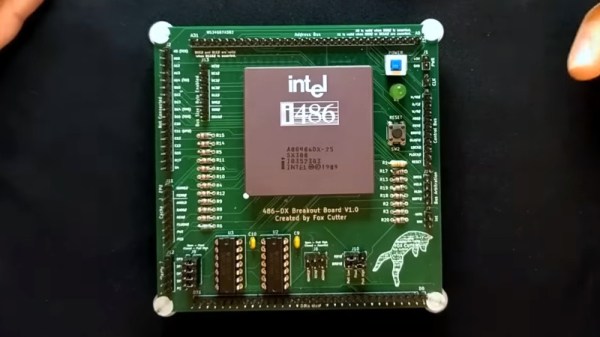It’s common enough for integrated circuits to be available from a range of different suppliers, either as licensed clones, or as reverse-engineered proprietary silicon. In the case of a generic circuit such as a cheap op-amp it matters little whose logo adorns the plastic, but when the part in question is an application processor it assumes much more importance. In the era of the 486 and Pentium there were a host of well-known manufacturers producing those chips, so it’s a surprise decades later to find that there was another, previously unknown. That’s just what [Doc TB] has done though, finding a 486 microprocessor from Shenzhen State Micro. That’s not a brand we ever saw in our desktop computers back in the 1990s.
Analysis of a couple of these chips, a DX33 and a DX2-66, shows them to have very similar micro-architecture but surprisingly a lower power consumption suggesting a smaller fabrication process. There’s the fascinating possibility that these might have been manufactured to serve an ongoing demand for 486 processors in some as-yet-unknown Chinese industrial application, but before any retrocomputer enthusiasts get their hopes up, the chips can’t be found anywhere from Shenzhen State Micro’s successor company. So for now they’re a fascinating oddity for CPU collectors, but who knows, perhaps more information on these unusual chips will surface.
Meanwhile we’ve looked at the 486’s legacy in detail before, even finding there could still just be 486-compatible SoCs out there.













